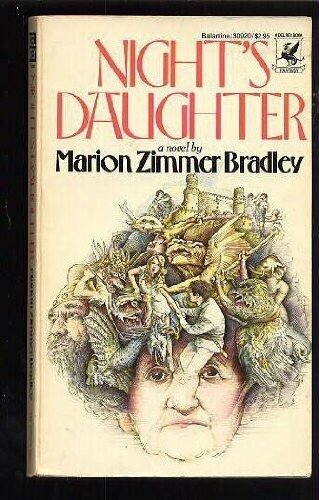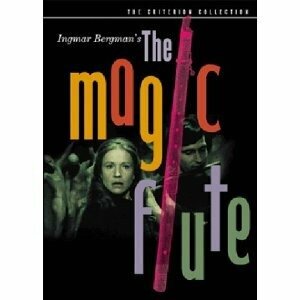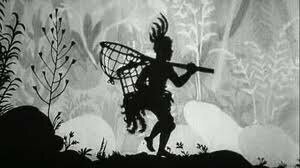
Bradley Cover
Papageno: Der Vogelfänger bin ich ja
Tamimo: Dies Bildnis sind bezaubernd schön
Queen: Der Hölle Rache kocht in meinem Herzen
Monostatos, Queen, Ladies: Nur stille, stille, stille, stille (Monostatos, Queen of the Night, 3 Ladies-in-Waiting)
Although we think of some of the more over-the-top science fiction as “Space Operas,” there are books where Operas feature in Science Fiction. In some cases, this means that there’s a science fiction story where opera has a role, but in one case, the whole story is built around the idea that the opera story is real.
Marion Zimmer Bradley’s 1985 novel Night’s Daughter takes its inspiration from that wonderful creation by W.A. Mozart and Emanuel Schikaneder in 1791: Die Zauberflöte. What if Pamina were really the daughter of the Queen of Night? What if Papageno were really a hybrid human/bird man and the problem with him finding a Papagena comes from his unique parentage? Bradley follows the lead provided by Ingmar Bergman, in making Sarastro the father of Pamina, rather than the neighbor who was given the power that the Queen seeks. At the same time, Bradley takes the greater scope possible in a book to flesh out the characters and the situations they get involved in.

Bergman cover

Papageno
The Ordeals (of Earth, Air, Water, and Fire) are different for each seeker and, in threatening Pamina, Monostatos has failed the Earth Ordeal – he is banished. This is a clue for Tamino that the names of the Ordeals may not equate with the temptations he must face.

Queen of Night
The final scene in the opera with the Queen, when she, Monostatos and the three women seek to attack the Temple of Wisdom, makes much more sense here. The Queen goes after Pamina, trying to get her to come back to her side. This is when her three martial daughters understand that Monostatos is their half-brother, since they are all children of the Great Serpent, and that the dragon that they killed at the beginning of the book/opera was, in fact their father. Pamina has gained the strength through the ordeals to command Monostatos and the Queen to become their inner selves – Monostatos becomes a mindless lizard and the Queen becomes an Owl, the Bird of Night. Tamino, through playing the flute, aids Pamina in these transformations.
Although nothing can replace the magic of the Magic Flute, Bradley has brought to the story the same questions that we have: where did Papageno come from? Is the Queen bad or good at dissembling? By providing the back story and a greater depth of character, Bradley gives us a new way of appreciating those elements that Mozart and Schikaneder could only hint at. There’s a great deal of humor in the book: when Tamino is given the flute, he wishes it could have been a much more useful tool, such as a sword, and other elements remind us of the lightness of the opera.
This book is long out of print but is readily available on the second hand market, or for your Kindle.
